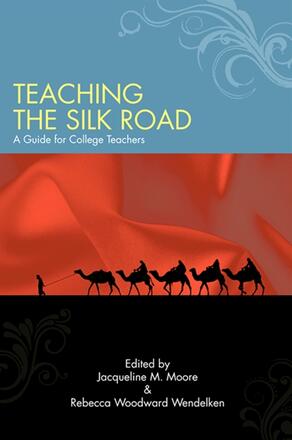
Teaching the Silk Road
A Guide for College Teachers
Alternative formats available from:
Advocating a global as opposed to a Eurocentric perspective in the college classroom, discusses why and how to teach about China's Silk Road.
Description
The romance of the journey along the Silk Road with its exotic locales and luxury goods still excites the popular imagination. The trade route between China and Central Asia that flourished from about 200 BCE to the 1500s, the Silk Road can provide great insight for contemporary higher education curricula. Indeed, with people, plants, animals, ideas, and beliefs traversing it, the Silk Road is now considered both a metaphor of globalization and an early example of it.
Teaching the Silk Road highlights the reasons to incorporate this material into courses and shares resources to facilitate that process. It is intended for those who are not Silk Road or Asian specialists but who wish to embrace a global history and civilizations perspective in teaching, as opposed to the more traditional "world history" view that shows impacts of other societies on Europe. The work explores both classroom and experiential learning and is intentionally interdisciplinary. Each essay focuses on pedagogical strategies or themes that teachers can use to bring the Silk Road into the classroom.
Jacqueline M. Moore is Professor of History at Austin College. She is the author of several books, including Cow Boys and Cattle Men: Class and Masculinities on the Texas Frontier, 1865–1900. Rebecca Woodward Wendelken is Associate Professor of History at Methodist University.
Reviews
"Based on years of experience, the authors of Teaching the Silk Road offer sound strategies for both stand-alone courses on aspects of the route and mainstreaming what has been uncovered in three decades of research into existing courses in a variety of disciplines. " — H-Net Reviews (H-Asia)
"This collection of essays and personal reflections allows the reader to listen in on a relaxed conversation on teaching the topic of the Silk Road. It offers a nice blueprint for integrating the Silk Road into new or existing curricula. " — J. Michael Farmer, author of The Talent of Shu: Qiao Zhou and the Intellectual World of Early Medieval Sichuan